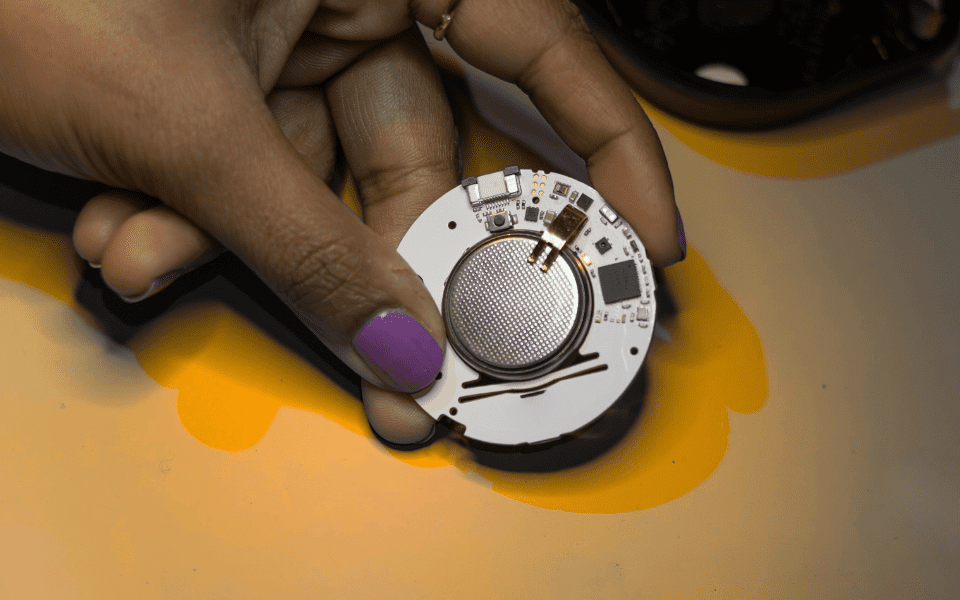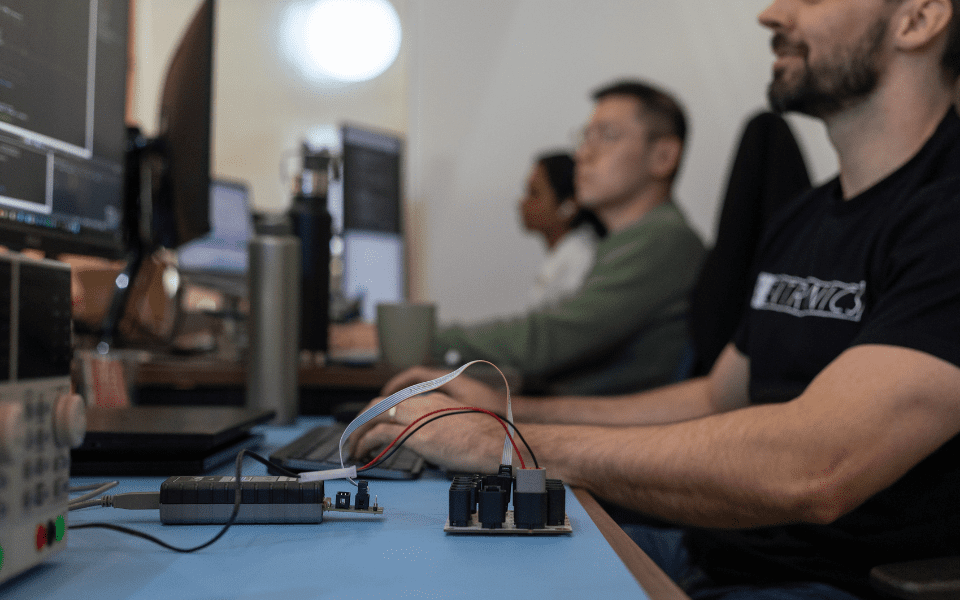Embedded systems are central to Xentronics’ services, delivering the hardware functionality essential for a product’s vision. Our team collaborates closely with clients and product users to develop a seamless and integrated platform that defines and controls the product’s operation. An intuitive, scalable user experience begins with selecting the right embedded technology.
An embedded system integrates a product’s electronic elements, including sensors, displays, actuators, antennas, power systems, and the core printed circuit board (PCB) assembly. It encompasses the firmware running on the processor, extending to complex control functions, data acquisition, and real-time automation. Below are just some of the key outcomes we focus on:

Embedded systems engineers need to have a detailed understanding of hardware behaviour to deliver the functions required in an optimised way. Here are some of the critical success factors we pay close attention to at Xentronics:


Embedded systems are at the heart of an electronic product, touching upon every aspect of your product’s system and core value propositions. As a product developer, it’s worth understanding how embedded systems drive many of your product success factors. Key things to think about are:



Successful development of embedded systems requires tight collaboration with virtually every member of the product development team. That is because embedded systems connect with every aspect of your product. Here are some principles we advocate at Xentronics:
Learn more about our other capabilities that support our product development services